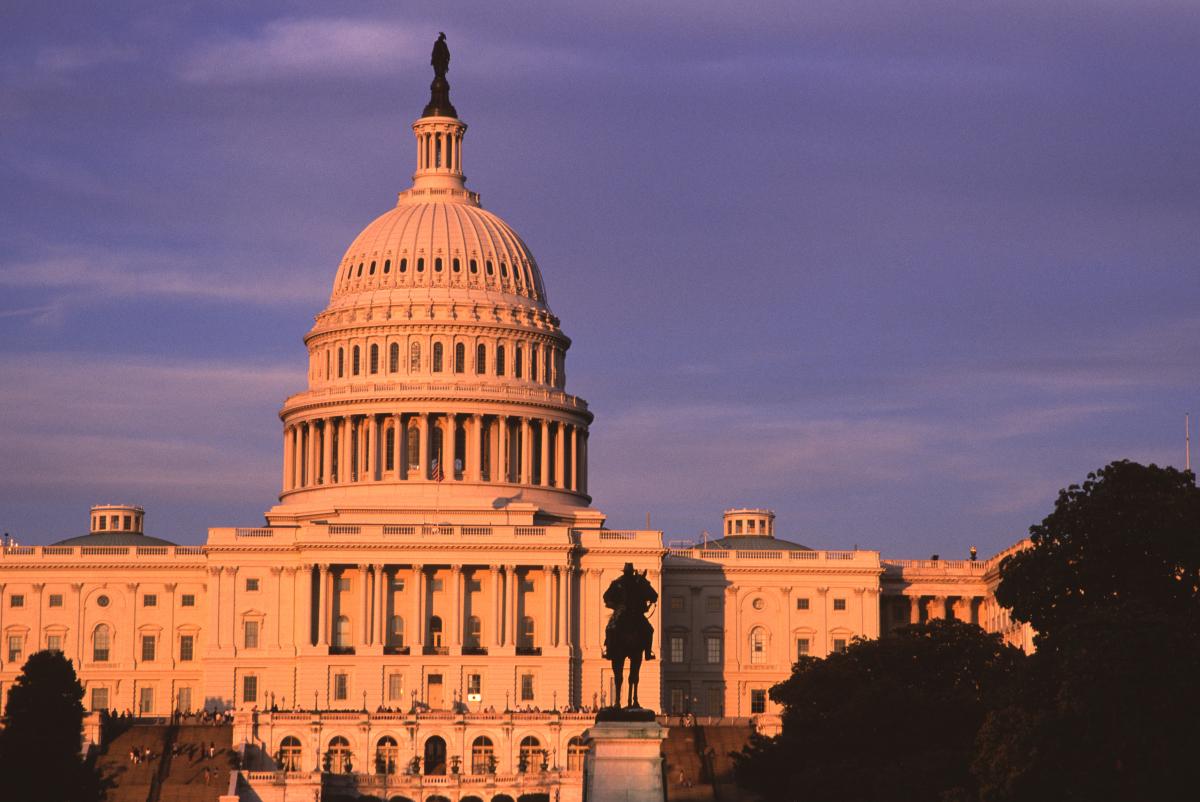
It is nearly August, a month in which members of Congress are back in their districts to meet with constituents and campaign for re-election. While it is a slow time in Congress, it is a Presidential election year. So, we are just coming off of the national conventions for both the Republican and Democratic parties. In addition to formally nominating a candidate for President, delegates to the conventions also approve their party’s platform.
A political platform provides an opportunity for each party to state in one document their core guiding principles and policy positions. While they can be informative about a party’s priorities, they are not as specific as legislation. And there is much in a political platform that never makes it into law due to compromises that are the nature of our political process.
With those caveats, reviewing the transportation planks of each party’s platform provides context, though not a lot of specifics, about what types of investments are important for each party. Transportation is not a high-priority issues for either party, taking up less than a page of the 40 to 60 page documents.
- Criticizes the US Department of Transportation’s Livability Initiative as pursuing an urban vision of dense housing and government transit that is meant to coerce people out of their cars.
- Proposes phasing out federal transportation funding for transit, stating that it is an inherently local expense and that the federal funds are primarily used in a handful of large cities for a small number of people.
- Recommends that federal transportation funding no longer be available for bike-share programs, sidewalks, recreational trails, landscaping, historical renovations, ferry boats, federal lands access, scenic byways and education initiatives.
- Suggests that Amtrak routes be available for privatization and that no federal dollars go to support high-speed rail.
- Opposes any increase to the federal gas tax, instead proposing to remove barriers to private investment in public infrastructure.
- Proposes reducing oil consumption from transportation through cleaner fuels, greater fuel efficiency, and electrification of vehicles.
- Recommends greater funding for public transit and building more bicycle and pedestrian infrastructure in urban and suburban areas.
- Calls for a significant increase in funding for infrastructure (including roads, transit, rail, energy, water, broadband networks and schools), comparable to when President Eisenhower created the interstate highway system, funded in part by loans from a national infrastructure bank
- Envisions that this increased investment will create secure, good-paying middle class jobs to do the work of improving infrastructure.
Links are provided above to the full platforms if you’d like to review in greater depth. We thought this overview would help you to stay informed.

